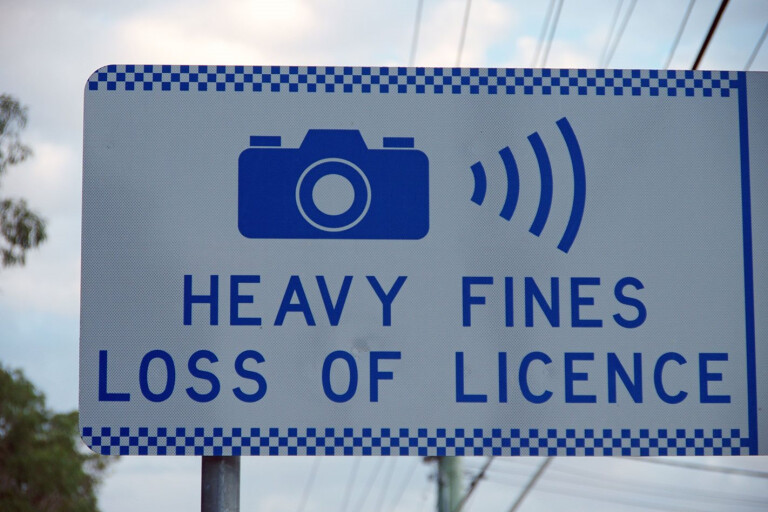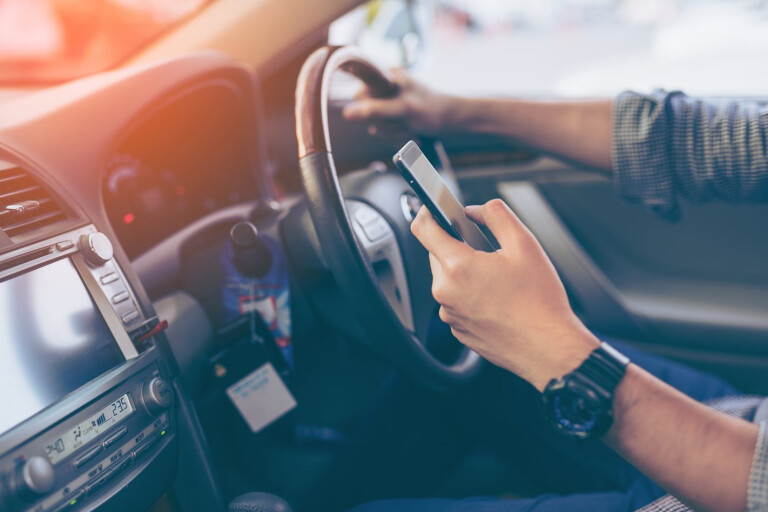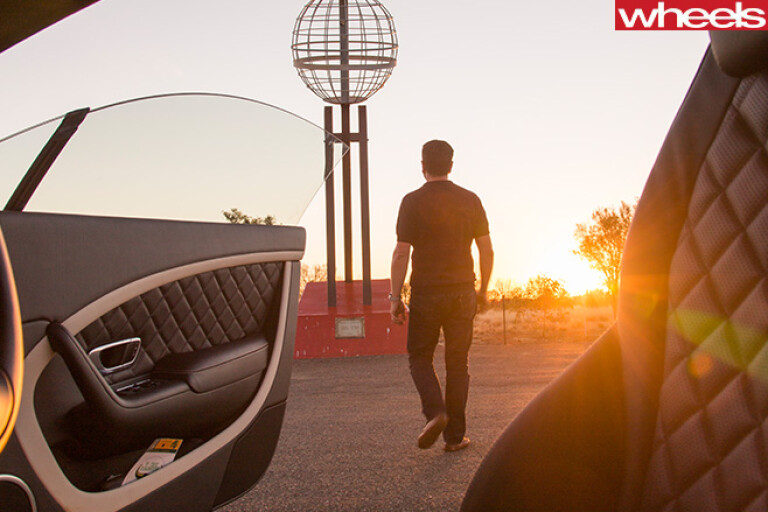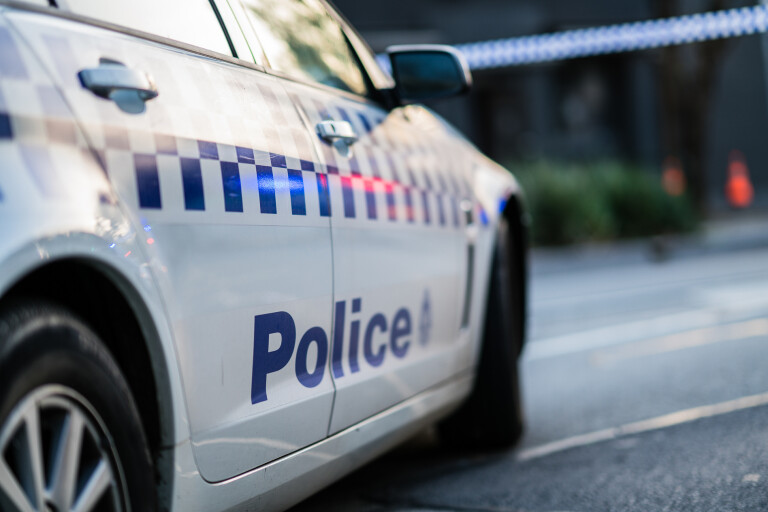
In Australia, each state and territory is responsible for its own road rules, leaving some key differences for motorists to get their heads around.
While the most important rules are identical in the eight jurisdictions, some legislation varies.
Therefore, it can be important for tourists to understand the road rules that differ by state or territory in Australia when travelling in the nation.
Here are eight road rules which are inconsistent across Australia.
NOTE: The following content is a guide only and does not substitute official information provided by authorities.
Please consult the government/transport authority of your state/territory, or place you’re visiting, for information on road rules.

Mobile phones
In NSW, Victoria, Tasmania and the Territories, all learner and probationary drivers must not use a mobile phone – including hands-free – for any purpose when driving, including while stationary but not parked.
While these laws extend to Queensland and SA, P2 drivers can use a mobile phone hands-free.
The line is clearer for fully-licensed drivers, and every licence holder in WA.
In all eight jurisdictions, it is legal to use a mobile phone to make or receive a phone call, listen to music/audio, or navigate while driving. Physically touching a phone or using it for other purposes – such as text messaging, video calls or email – is prohibited.
However, the finer points surrounding these laws are where things can get a little cloudy.

For instance, when paying with a phone at a drive-through window or using a phone for another purpose when stopped, Victorian drivers must switch their engine off and apply their parking brake to comply with the law legally. In contrast, motorists in NSW are permitted to use wallet functions when stationary and off the road or to access their digital licence.
From July 26, 2021, like NSW, laws in Queensland surrounding mobile phone use when stopped became more lenient. Drivers are now allowed to pay for goods or services, gain access to or from a car park or present a digital driver's licence and other documents to police using their mobile phone.
The rollout of mobile phone detection cameras is also ramping up across Australia. Drivers in Victoria, NSW, Queensland and the ACT may have already noticed detection cameras for distracted drivers, with SA expected to begin its rollout in September 2022.

Victoria will begin its rollout of these 'next-generation cameras' in 2023, following a three-month trial in early 2021.
Western Australia will begin trialling mobile point-to-point cameras to target phone use while driving from July 1, 2022.
There are no plans for mobile phone detection cameras in Tasmania or the NT at the time of publication.
Drinking alcohol in the car
In Queensland, Tasmania and the ACT, the driver and passengers must not open or consume alcohol while driving, but other passengers can open and consume alcohol in NSW, Victoria and SA.
Residents in WA could be penalised for opening or consuming alcohol in a car as a driver or passenger, even while stationary on a public street.
No specific law applies in the NT; however, a driver must not exceed the blood alcohol limit. It is also illegal to consume alcohol in certain regions (Dry Areas) in the Top End – severe penalties apply for drinking alcohol in these areas.

Sleeping in the car
In NSW and the ACT, a person can sleep or live in a car if parking is permitted where the vehicle is situated. Likewise, WA, SA and Tasmania allow a person to sleep or live in a car; however, restrictions apply to certain areas, such as beaches and reserves.
Victorian legislation follows the same path, but it is important to check local council laws as many local government areas have passed by-laws prohibiting it.
Queensland has the most rigid laws in the nation on this front, with the ability to do so completely banned unless the vehicle is at a designated camping-ground.
Camping in a public place is "actively discouraged" in the NT.

Unattended vehicle
Across every state and territory in Australia, a vehicle is considered ‘unattended’ once the driver is more than three metres away from their car. It is then dictated that drivers must remove the keys from the vehicle, parking brake applied and doors locked if no occupants over 16 remain in the car.
Drivers across Australia must also ensure all windows are up, but some leniency does apply. In Victoria and Queensland, the window can have an open gap of 5cm or less, while every other state except Tasmania imposes a stricter 2cm limit (no specific gap is allowed in the Apple Isle).
U-turns
Victoria is the only jurisdiction in Australia where motorists can make a U-turn at all intersections, including traffic lights, unless there are continuous lines or a ‘no U-turn’ sign applies.
For drivers in WA, Tasmania and the Territories, making a U-turn is allowed at all intersections, but not at traffic lights (unless signed otherwise) or if a ‘no U-turn’ sign is located at the intersection.
In NSW, Queensland and SA a U-turn is not permitted unless signed otherwise.

Safe gaps
In Victoria, NSW, WA and Tasmania, drivers must keep a ‘two-second gap’ between the car in front, with every other state and territory requiring a larger ‘three-second gap’.
The space between you and the car in front can be determined by picking a solid object beside the road and counting the time it takes from when the vehicle in front passes it.
Slowing down for emergency vehicles
In Victoria, WA, Tasmania and the ACT, you must slow down to 40km/h and move over (if possible) when approaching a stationary emergency vehicle with its lights flashing or siren on. The law also extends to emergency vehicles moving at less than 10km/h in Victoria.
Drivers in SA must slow to 25km/h, while NSW law states drivers must reduce their speed to 40km/h on a road with a posted limit of less than 80km/h, with roads above 90km/h requiring motorists to slow down to a ‘safe and reasonable speed’ and change lanes to keep the one next to the emergency vehicle free on wider roads.
This includes enforcement and emergency vehicles with either red and blue or magenta flashing lights, or an alarm sounding, in Victoria and Tasmania.
Meanwhile, drivers must also slow down for vehicles with yellow flashing lights – such as tow trucks – in New South Wales.

Roundabouts
In all states, motorists must give way to vehicles already in the roundabout (both left and right) and indicate their direction when not driving straight through. In multi-lane roundabouts, drivers must position their vehicle in the direction of the signs or arrows on the road before or whilst in the roundabout.
Authorities in Queensland, WA and the NT state drivers must indicate when leaving a roundabout, even when driving straight through.
All other jurisdictions – excluding the ACT – require drivers to indicate when leaving if “practical to do so.”
Drivers in the ACT are regulated by the unique 'halfway around' rule. This means drivers exiting before the halfway point of the roundabout must enter using the left lane and indicate left and those exiting after the halfway point must enter using the right lane and indicate right.
If driving straight through, drivers must "indicate off" the roundabout after they pass the preceding exit to the one they are going to take.


COMMENTS